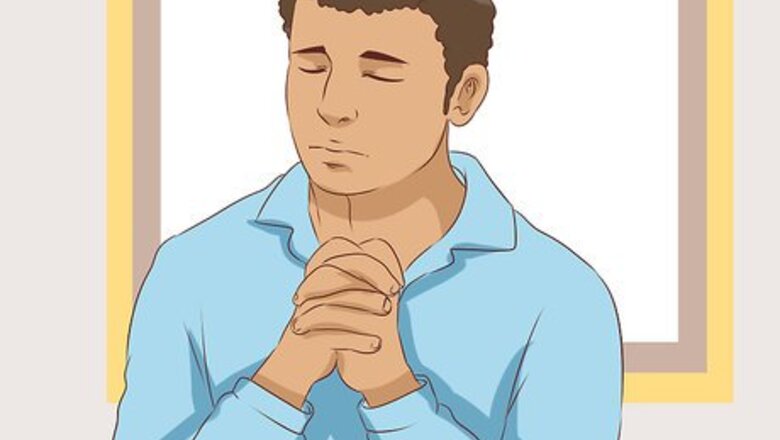
views
Establishing a Plan

Reflect on what you did wrong. In order to make your apology sincere, you have to actually understand where you were at fault. There is a difference between being sorry you made your teacher mad and being sorry you did not do the homework that made your teacher mad. Understanding what you did wrong will help you figure out what to say to your teacher when you do apologize. For example, you'd say one thing when apologizing for being rowdy in class, and you'd say a different thing when apologizing for forgetting your homework.
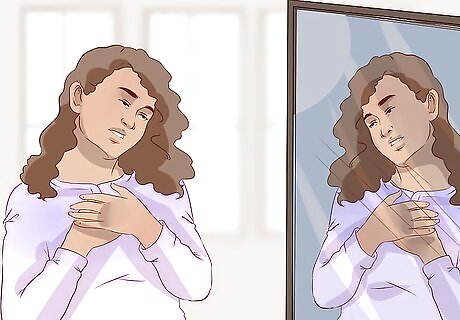
Practice ahead of time. If you feel really nervous about apologizing to your teacher practice ahead of time. Write down what you want to say and practice in front of the mirror, a trusted friend, sibling, or parent. This way you will be able to get all of the kinks of the apology out before you are in front of the teacher. Start with something simple, such as: "I am sorry for disrupting class." When you feel more comfortable, add: "I promise not to do it again."
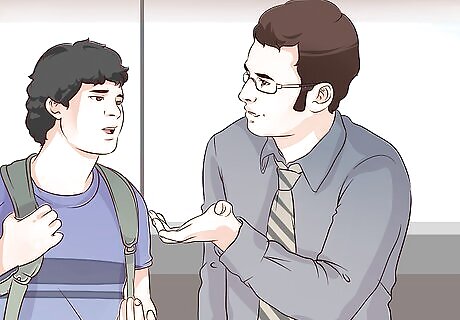
Find a good time to talk to them. The best time is when your teacher is not busy or trying to teach, which may be before or after school, during the teacher's lunch, or during a free period in their day. It is important that your apology is timely (preferably only a day or two after the incident), not three months after the incident. Ask for a minute of their time: "Mr. Smith, may I please speak with you for a moment?” Most teachers will write their office hours on the class green sheet. Office hours are a great time to visit your teacher and apologize.
Being Sincere
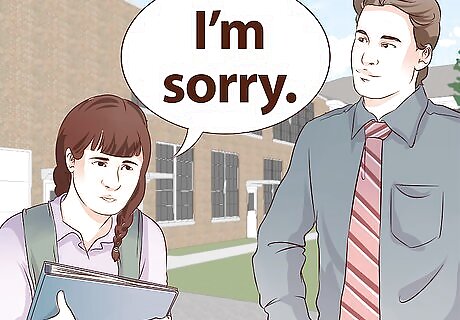
Say you are sorry. Don’t talk around the point you might frustrate or confuse your teacher. Start immediately by saying “I am sorry” or “I apologize.” Don't mumble. Speak clearly and make eye contact. Don't look down or glance around the room. Speaking clearly and making eye contact will help you appear more genuine. You don't want to appear insincere.

Explain why you are apologizing. You can’t just simply say you are sorry and expect them to forgive you. Tell them what you are sorry for and your motivation for your actions, if you have any. Be as specific as possible. Say something like, “Mrs. Peters, I am very sorry for how I behaved yesterday. It was not okay for me to talk loudly to Steve. I should have been paying attention to you teaching.” You could also say, "I'm sorry for forgetting my homework Mrs. Stevens. I would still like to turn it in. I understand if I don't get credit."

Take responsibility. Let your teacher know that you know you were in the wrong. Be genuine and sincere and don’t point the finger at someone else. Don’t say “I am sorry for talking loudly with Steve, but it was his fault for talking to me.” Instead, say "I am sorry for talking to Steve. I should have been listening to you." Don’t say “if” in your apology: “I am sorry if I was being disrespectful.” Instead say “I am sorry that I was being disrespectful.”
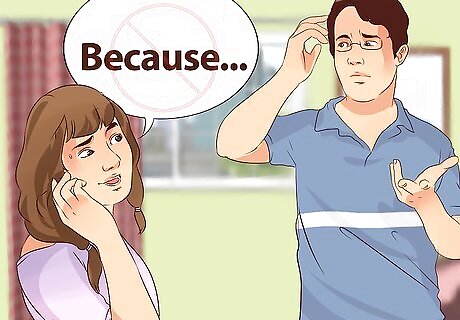
Don’t make excuses. Admit that what you did was wrong. Don’t try to justify what you did with an excuse. If you are apologizing for not doing your homework, be honest but don’t make excuses. This will help make your apology seem more genuine. The teacher will also realize that you understand what you did wrong and are willing to take responsibility. Don’t say: “I am sorry for not doing my homework but I didn’t do it because I had a soccer game yesterday.” Instead say: “I am sorry for not doing my homework. It was my responsibly to find time to get it done.”
Strengthening Your Apology
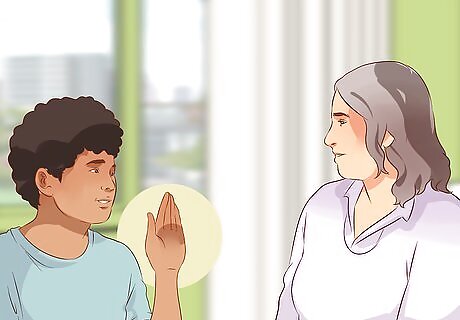
Promise it won’t happen again and act upon it. End with a promise that you will never repeat the behavior that caused you to apologize again. Intend to follow through with this promise. The apology will mean a lot more if it does not have an empty promise on the end. For example: If you are apologizing for not doing your homework, start making sure to do your homework. If you were talking loudly during class, make sure to correct this behavior. Don't talk loudly in class. If you must say something, raise your hand. In general, demonstrate good classroom behavior by being respectful, doing your work, and staying on task.
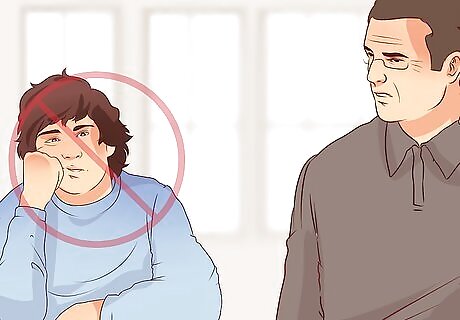
Have appropriate body language. What makes an apology much more meaningful is when it is in person. This shows that you have courage and allows your teacher to see your face and body language while you apologize. Your body language should show that you are sorry. For example: Don’t put your hands on your hips or cross your arms. It will look as though you don’t care about the apology or are trying to challenge your teacher. Be relaxed and make eye contact with your teacher. Keep your arms at your sides, and your back straight. This will make you appear more serious and genuine.
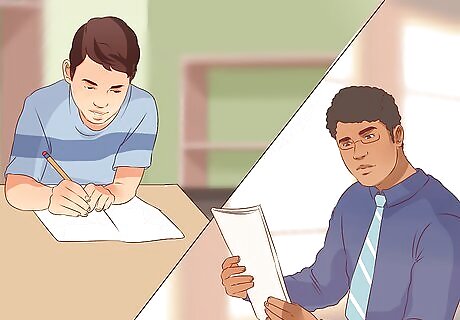
Write your teacher an apology note. You can't replace an in-person apology, but you can add to your apology by giving your teacher a note or card to show you care. A simple note or handmade card saying you are sorry and what you are sorry for will be really appreciated by your teacher. Use the same language in the note as you would when giving a verbal apology. This means no making excuses or putting the blame on someone else. Use proper spelling and grammar. Don't write "Sorry I made U mad. =( " Instead, write "I apologize for disrupting class. It won't happen again."
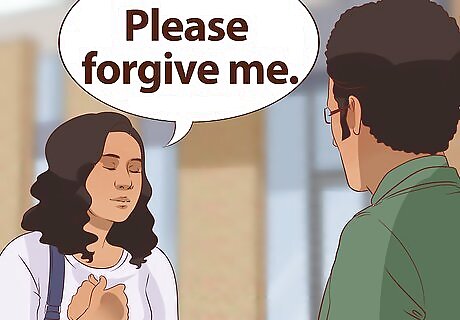
Ask for forgiveness. End your apology with a request for forgiveness, but don’t expect it in return. The important part is that you stop doing whatever you did that made you apologize. Following through with your promise to not do it again might be what they need to forgive you. Keep it simple, but sincere. Say something like, “I hope that you can forgive me.” Don't worry if your teacher doesn't forgive you. They might need time to think about your apology.










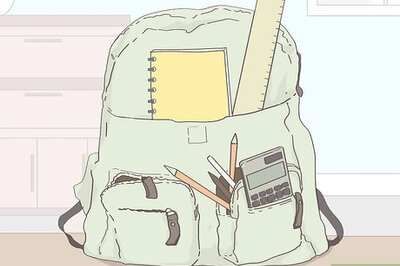




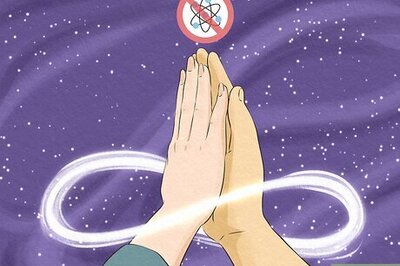

Comments
0 comment